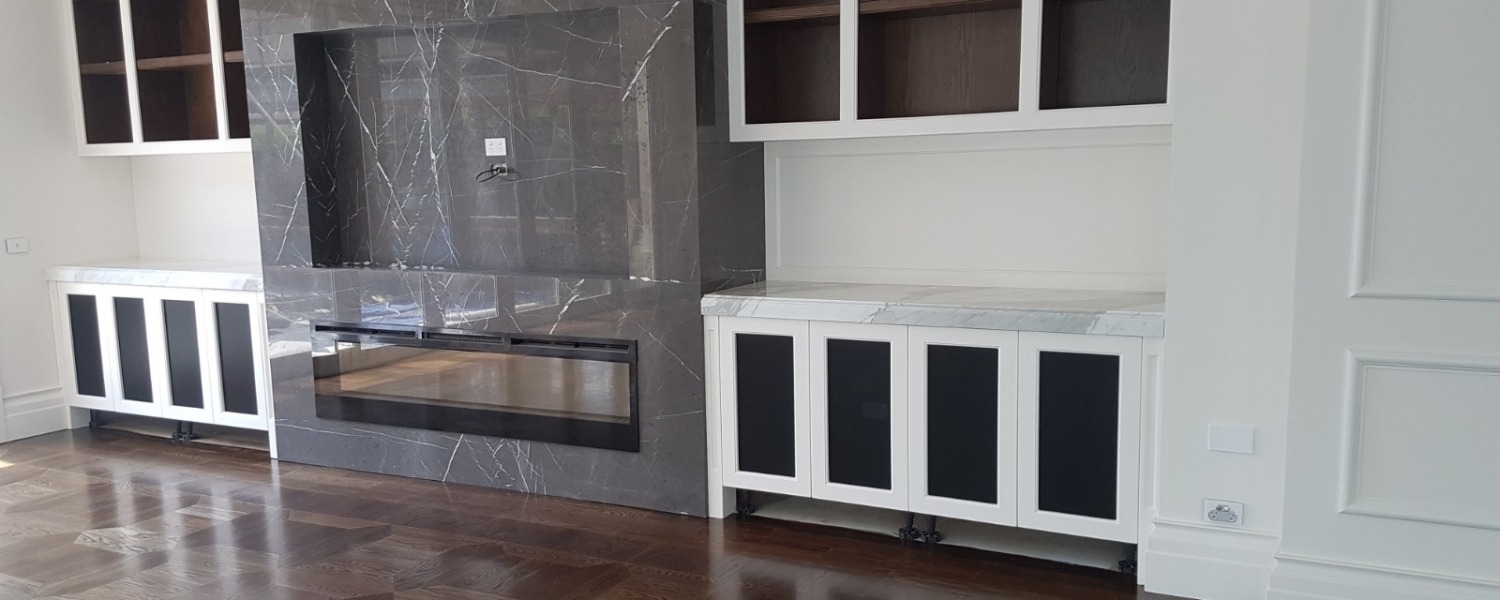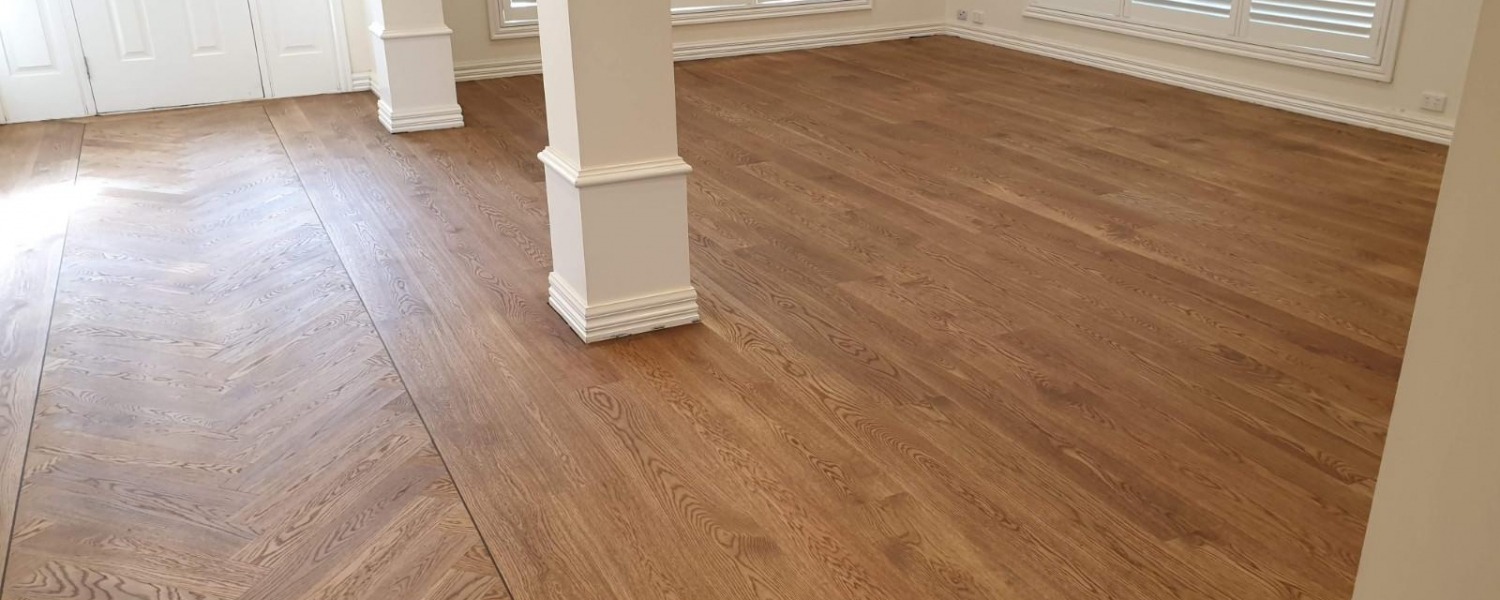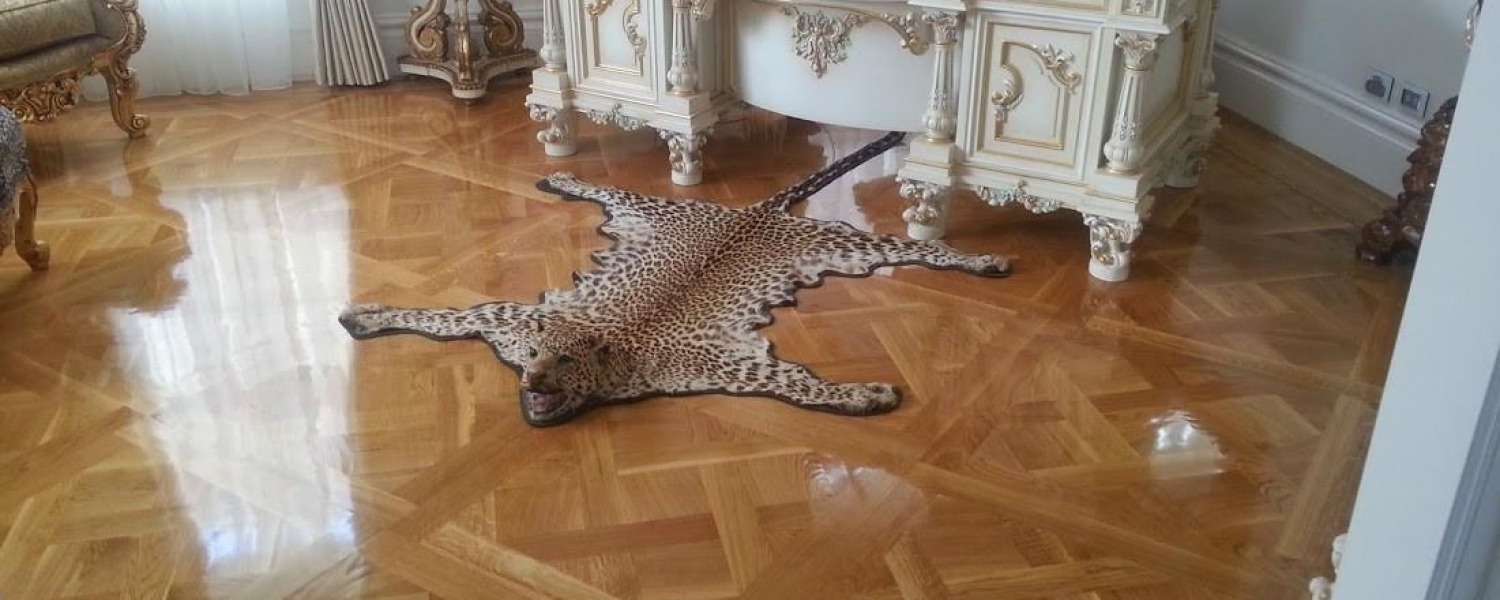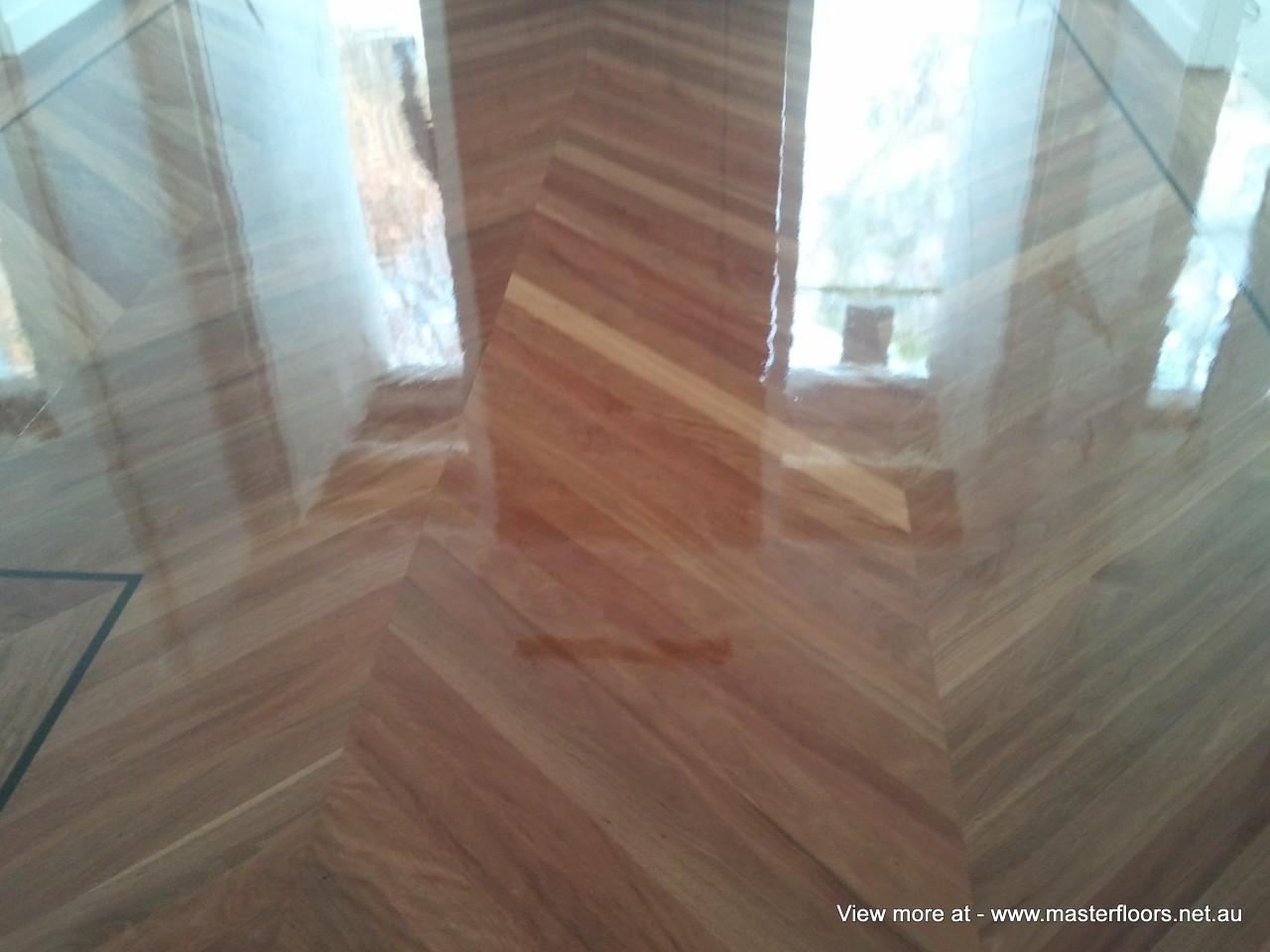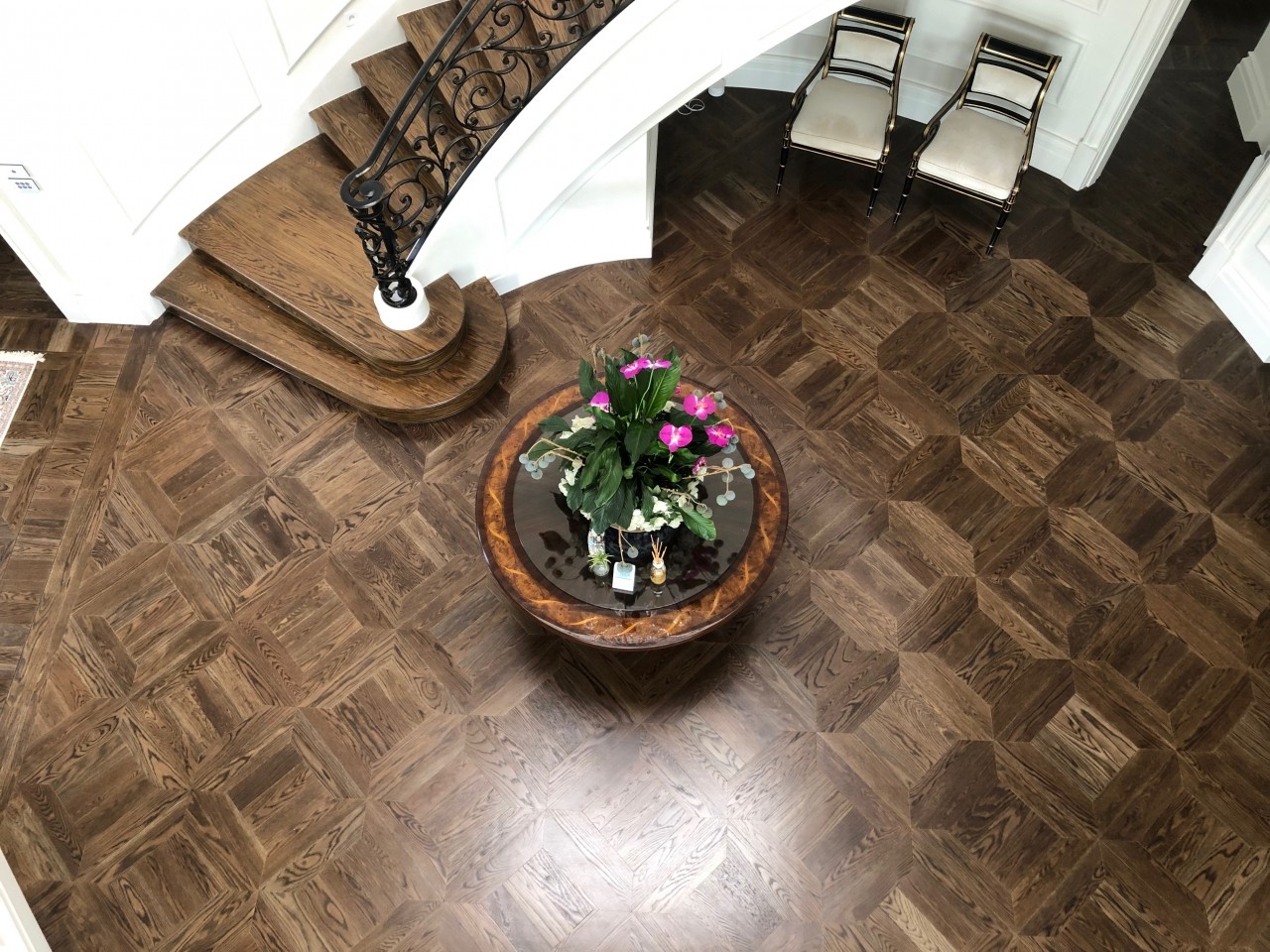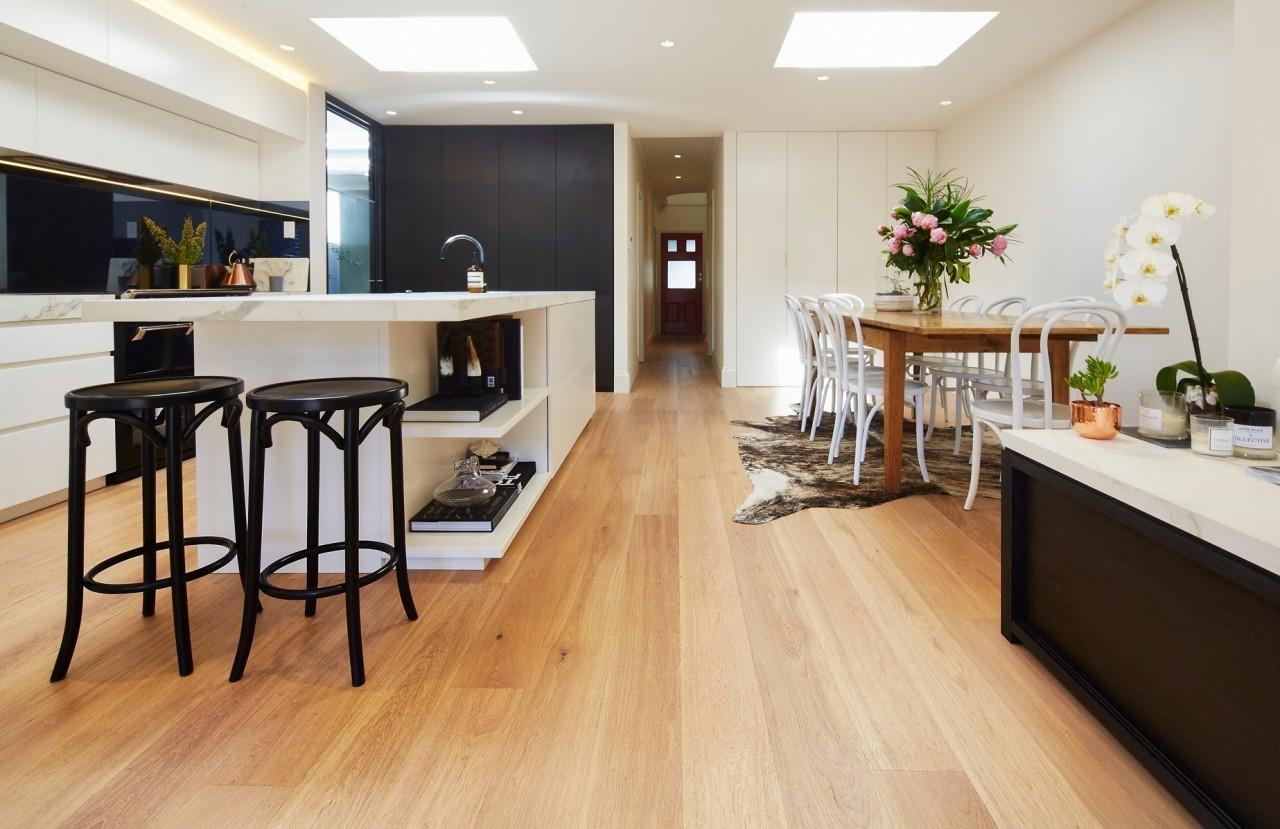- 03 9354 4717
- This email address is being protected from spambots. You need JavaScript enabled to view it.
- Mon - Fri 9:00:- 5:00 Sat 10:00 - 2:00
Brush Box
Technical Information:
Brush Box is a medium to large sized Australian hardwood that occurs along the edges of the rain forest areas of the central coast of New South Wales to Bowen in Queensland.
Its heartwood can vary in appearance, from a grayish pink through to a reddish brown, while the sapwood is usually paler in colour. Brush Box has a fine and even texture with an interlocking grain – a feature that is appealing for appearance-based applications such as timber flooring, but can cause significant distortion during drying.
Brush Box has a poor work-ability in part due to its density, interlocked grain and the presence of silica. It does however provide good resistance to wear and splintering. The natural waxiness may cause problems with some adhesives but provides a very good base for paints and stains. Brush Box is not suitable for steam bending.
Brush Box is used for a variety of applications including flooring, cladding, paneling and some structural applications. It is generally available for use in New South Wales and Queensland.
| Botanical name: | Lophostemon confertus |
| Origin: | Brush Box grows on the edge of the rain-forests from the central coastal of New South Wales to Bowen in Queensland. |
| Trading names: | Brush Box |
| Heartwood: | Varies from a pinkish grey to a rich reddish brown. |
| Sapwood: | Usually distinctively paler. |
| Texture: | Fine and even. |
| Grain: | Usually interlocked to varying degrees. |
| Growth Rings | Not easily distinguished. |
| General comments: | Material with considerably interlocked grain can distort severely in drying. Provided the grain is relatively straight it has good resistance to surface checking. Not easy to work. Not suitable for steam bending. It is very resistant to wear and has good resistance to splintering. High silica content. Its natural waxiness occasionally causes some adhesion problems with some highly solvent floor finishes but it is a very good base for paints and stains. Low in tannin's and is much less inclined to stain than the eucalyptus when leached by rain. |
| Common Uses: | Bridge decking (in dry areas), paneling, cladding, and flooring. |
| Average Janka Hardness Rating - Dry Hardwood: | 9 |
Notes:
Lyctid Susceptibility of Sapwood
Not susceptible
(source AS 5604)
Termite Resistance of Heartwood (inside above ground)
Resistant
(source AS 5604)
Marine Borer Resistance of Heartwood
Class 2
(source AS 5604)
Natural Durability Rating of Heartwood Above Ground
Class 3
(source AS 5604)
Natural Durability Rating of Heartwood In-Ground Contact
Class 3
(source AS 5604)
View More Pages
Monticello Parquetry by Masterfloors
by MasterFloors
Timber Flooring Gallery - By Masterfloors
by MasterFloors
French Oak
by MasterFloors
